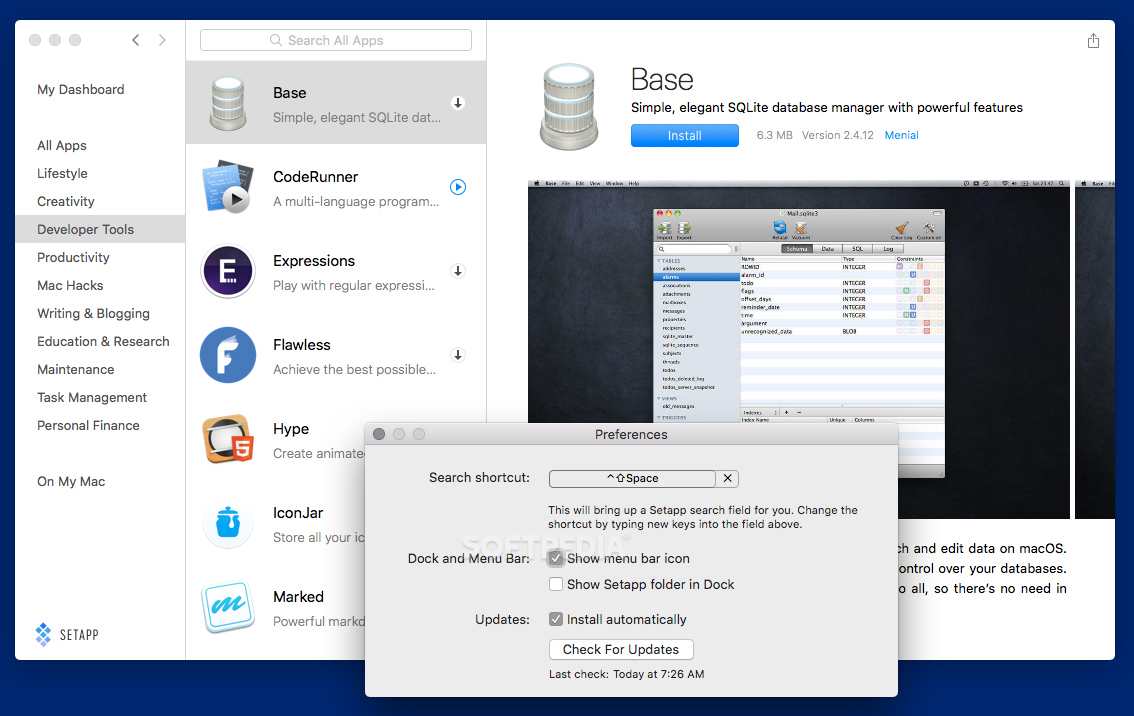
NOTE: after the setup process is complete, you can close port 3000 if you’d like.ĥ. 3000 is used for the initial setup process, 80 is used after the setup process is complete, and 53 is used for DNS querying. Not everyone will be using Synology’s Firewall, but if you are, you need to open port 3000, 80, and 53. If you are disabling it and created a firewall rule for it, you should inactivate the firewall rule as well. We can then exit our SSH session and disable it in DSM (if you won’t be using it). NOTE: ag_network will be the name of the network (you can substitute this as you’d like). You also need to pick an IP address that you’d like to use that’s not currently in use. Next, you need to run the command below while substituting the correct subnet (most are 192.168.1.0/24 or 192.168.0.0/24 by default). To do this, run the command below and note down the network interface name that has your Synology NAS’s IP address (in this example, mine is eth0). First, we need to determine what network interfaces currently exist (on your Synology NAS) and note down the adapter name. We need to create a Docker macvlan network interface. SSH into your Synology NAS using your favorite SSH tool.ģ.
SETAPP ADGUARD HOW TO
I created a video on how to SSH into your Synology NAS if you have any problems.Ģ. If you are using Synology’s Firewall, ensure that you allow port 22 traffic. Open Control Panel, select Terminal & SNMP, and Enable SSH service. Ensure you can SSH into your Synology NAS. Installing AdGuard Home on a Synology NASġ. However, you’d pretty much skip all of the networking steps and check the “use the same network as Docker Host” checkbox when configuring the network interface.

You also might run into conflicts with existing services using this method, so I will not be going over it in this tutorial. If you use the host network interface, you will need to use your NAS’s IP address as your DNS server. I prefer creating a macvlan network interface because it sets a separate IP address for the DNS server and avoids port conflicts. The second is by creating a macvlan network interface in Docker. The first is using your host network device, which means that all traffic will be sent to the IP address of your NAS. Create one folder named conf and another folder named data.īefore we proceed, there are two different ways to set this up. Inside of that folder, we are going to create two subfolders. Inside of this folder, we are going to create a folder named adguard. By default, Docker will create a folder named docker after it’s finished installing. We need to create two folders that we will map our Docker image to.
SETAPP ADGUARD INSTALL
Install Docker from Synology’s Package Center.Ģ. Whether this is necessary can be debated, but in my opinion, it’s a lot easier to set up on AdGuard Home. You can set up DNS-over-HTTPS on Pi-hole as well, but it isn’t nearly as simple. So here’s my completely subjective answer as someone who has used Pi-hole for a long time: I like Pi-hole and will continue to use it, but if I was interested in setting up encrypted DNS (DNS-over-HTTPS), I’d probably spring for AdGuard Home. If you look at the AdGuard Home website, you’d believe that AdGuard Home is the clear winner, but after further inspection, Pi-Hole is a lot closer than it might first appear.

This is a completely subjective question and I’d be wary of anyone who tells you one is better than the other. The first and logical question will be “which is better?”, as both AdGuard Home and Pi-hole are network-wide ad blockers. We will look at how to install AdGuard Home on a Synology NAS below. How to Install AdGuard Home on a Synology NAS


 0 kommentar(er)
0 kommentar(er)
